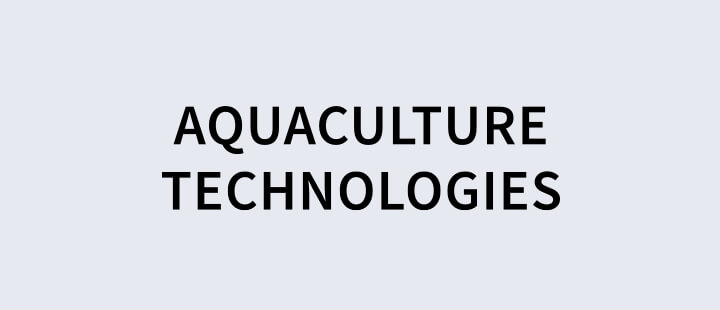
Aquaculture Technologies
Sector: Aquaculture / Robotics
Country: Norway
Investment Year: 2003, 2014, 2019
About
Our aquaculture participation derives from hands-on experience as well as a focus on innovative technological solutions. Experience and competence are the foundation for safe, clean and efficient high quality fish farming. The headquarters of our three participants are in Bergen, Norway, the ‘Silcon Valley of Aquaculture’. Here is where people meet to share innovation and experience. Our first investment was in Marine Harvest N.V., which later merged with Pan Fish ASA and Fjord Seafood ASA in 2006 to create Mowi ASA. Investments in Grieg Seafood ASA (2014) and Salmar ASA (2017) followed. We also support Hatch the first aquaculture accelerator program (www.hatch.blue). The management teams are genuinely concerned about the environment, their profession and the welfare of their fish. We are proud to spearhead some of the most innovative solutions in the aquaculture industry. Focusing not only on our responsibility for sustainable production, we are also committed to our employees and the communities we operate in. Mowi ASA, Grieg Seafood ASA and Salmar ASA are major employers in the regions, and we recruit hard working locals with knowledge of nature, fish and the sea.
Investment Thesis
Since the 1980s, when growth rates allowing an economic return were achieved, world aquaculture production has increased from 7% of global fisheries to over 40%. Not only does the emerging macro scenario make aquaculture attractive, but there are attractive intrinsic business characteristics that differentiate it from more traditional agricultural production.
A key factor is the feed conversion ratio (kilos of feed required for a 1kg increase in weight). Whilst typical intensive poultry and swine production systems have feed conversion ratios of between 1:1.5 and 1:3, certain species of fish can be as low as 1:1. To put this in another way, 100kg of feed would produce around 33kg and 66kg of chicken or pork or around 100kg of rainbow trout. The efficiency of feed conversion into protein is twice as high for commercial aquaculture as land-based protein production systems.
Two obvious benefits arise:
- More efficient utilization of feedstock so more protein can be produced from a given amount of feedstock.
- Lower input costs per kilogram of protein produced.
- Business models with high return on invested capital (ROIC).
The demand is benefiting from the trend towards (1) healthy food, (2) rising cost of land-based protein production (pollution, land and water shortage), (3) shrinking wild (capture) fisheries.